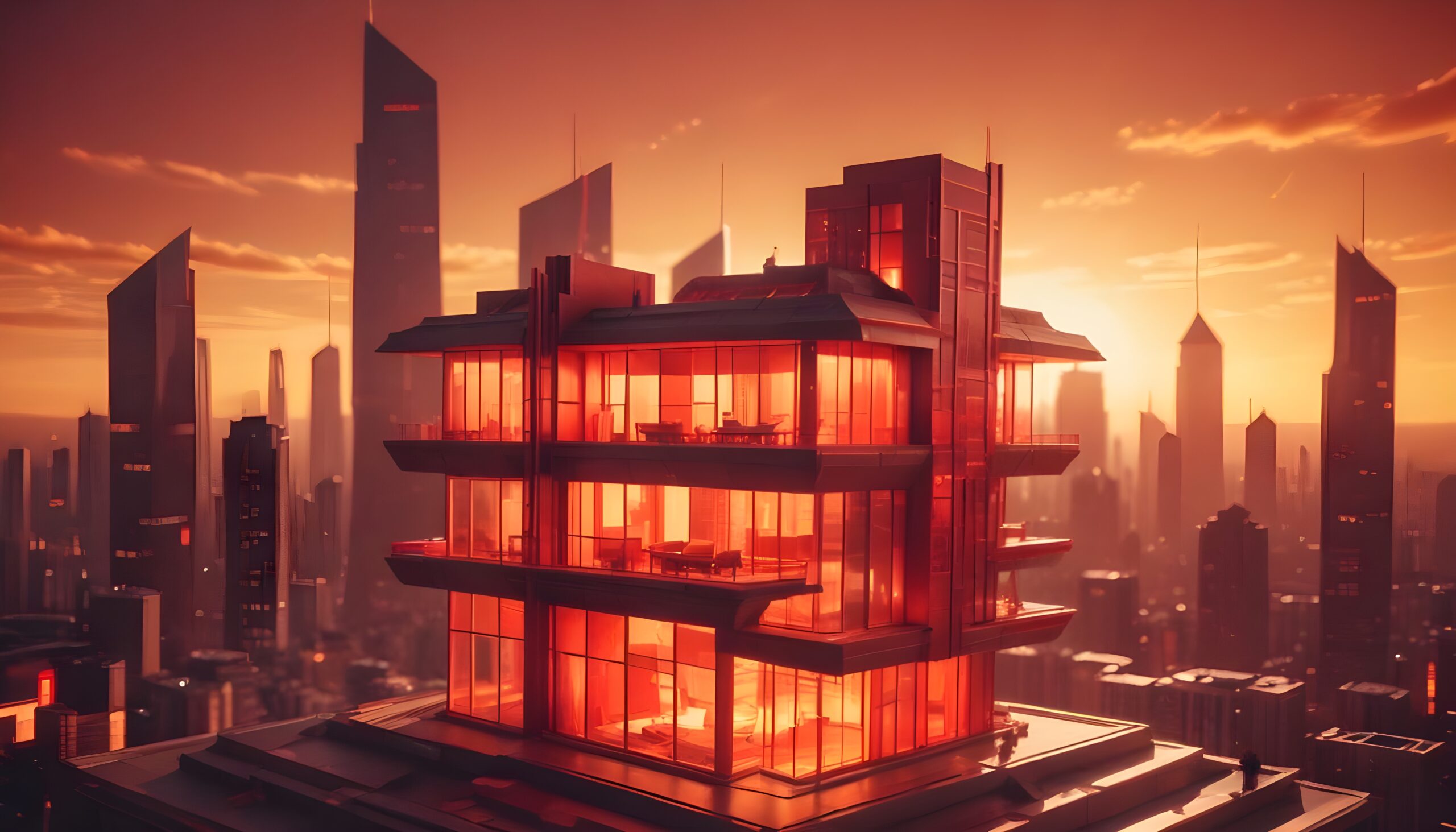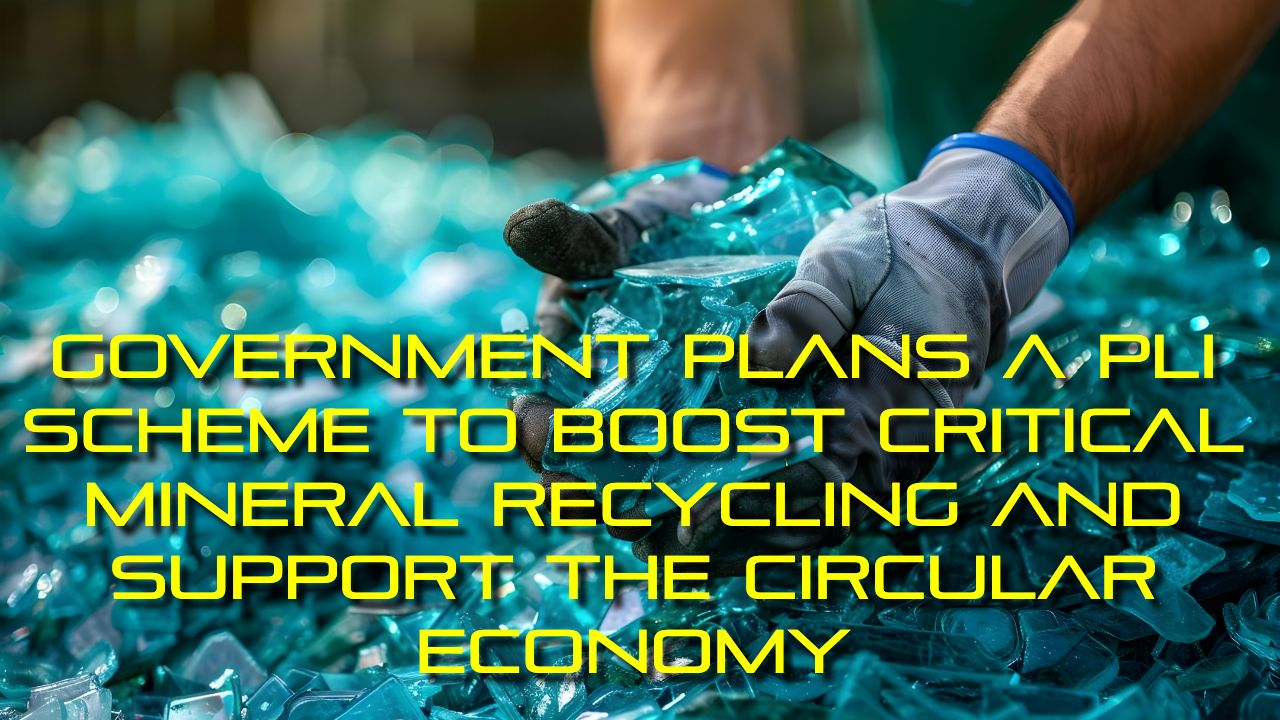High-Performance Buildings: Paving the Way for a Sustainable Future
This analysis, based on Sandhya Patil’s article “High-Performance Buildings are the Next Step Towards a Sustainable Future” in The Hindu (October 08, 2024), argues that High-Performance Buildings (HPBs) are a transformative solution for sustainable urban growth by reducing energy use, improving resource efficiency, enhancing occupant well-being, and mitigating the environmental impact of cities, making them essential for a sustainable future.
Introduction – High-Performance Buildings.
As the world faces increasing environmental challenges like climate change, resource depletion, and urbanisation, the importance of sustainability has become more evident than ever. Buildings, particularly in rapidly growing cities, play a significant role in energy consumption and carbon emissions, accounting for almost 40% of global energy use. This makes them a key sector for promoting sustainability. One promising solution is the development of High-Performance Buildings (HPBs).
These buildings not only aim to reduce environmental harm but also strive to optimise every aspect of their design and function. Through the integration of advanced technologies, energy-efficient systems, and smart design strategies, HPBs offer a comprehensive approach to sustainability. This essay dwells on the various features of HPBs, their environmental, economic, and social benefits, and why they are essential for a sustainable future.
 What Are High-Performance Buildings?
What Are High-Performance Buildings?
High-Performance Buildings, or HPBs, are structures designed to operate at the highest levels of efficiency in areas such as energy use, water consumption, and occupant comfort. Unlike traditional green buildings, which focus mainly on reducing environmental impact through certain eco-friendly features, HPBs take sustainability a step further. They incorporate advanced technologies and real-time monitoring systems to optimise performance continuously.
For example, HPBs use building management systems (BMS) to monitor energy and water consumption. These systems automatically adjust lighting, heating, and cooling based on occupancy or weather conditions, ensuring that no energy is wasted. Additionally, HPBs often integrate renewable energy sources like solar panels, rainwater harvesting systems, and greywater recycling to minimise resource use and promote self-sufficiency.
The Environmental Benefits of HPBs
One of the most significant advantages of HPBs is their ability to reduce energy consumption and carbon emissions. Traditional buildings are energy-intensive, requiring large amounts of electricity for heating, cooling, and lighting. HPBs, on the other hand, are designed to minimise energy use through passive design features such as natural lighting, ventilation, and insulation. These features help regulate indoor temperatures and reduce the need for energy-hungry systems like air conditioning.
HPBs also incorporate renewable energy sources, like solar power, to reduce dependence on fossil fuels. In fact, some HPBs are designed to be net-zero or even net-positive, meaning they produce more energy than they consume. By reducing energy consumption and utilising clean energy, HPBs play a crucial role in lowering the building sector’s carbon footprint.
Another environmental benefit is resource efficiency. HPBs often employ water-saving technologies such as rainwater harvesting, low-flow fixtures, and greywater recycling. These systems help reduce water waste, a vital consideration in regions facing water scarcity. The use of sustainable building materials, such as recycled or low-carbon materials, further reduces the environmental impact of construction.
Economic Advantages of HPBs
While the upfront cost of constructing an HPB may be higher than that of a conventional building, the long-term financial benefits are substantial. One of the main economic advantages of HPBs is the significant reduction in operational costs. Since HPBs use less energy and water, the cost of running these buildings is much lower compared to traditional structures.
Furthermore, HPBs tend to have higher property values due to their energy efficiency and sustainability features. As more people and businesses become environmentally conscious, the demand for sustainable buildings is increasing. Property investors and developers are increasingly recognising the long-term value of HPBs, making them a wise investment.
In addition to lower operating costs, HPBs also offer longer-lasting systems. Their smart technologies help monitor and maintain building performance, reducing the need for frequent repairs or replacements. This longevity further enhances the economic viability of HPBs.
Improving Occupant Health and Well-Being
HPBs not only focus on sustainability but also prioritise the health and comfort of their occupants. Traditional buildings often have issues like poor indoor air quality, uncomfortable temperatures, and inadequate lighting, which can negatively affect the well-being of the people living or working inside them. HPBs are designed with features that promote a healthy indoor environment.
For instance, HPBs use advanced ventilation systems that provide clean, fresh air and filter out pollutants, improving indoor air quality. This reduces the risk of respiratory issues and allergies among occupants. Similarly, smart lighting systems in HPBs maximise the use of natural light, which is not only energy-efficient but also known to improve mood and productivity.
Thermal comfort is another important aspect of HPBs. By using energy-efficient HVAC systems and incorporating design elements like shading and insulation, HPBs maintain a stable and comfortable indoor temperature throughout the year. These factors contribute to a better quality of life for the occupants and create healthier, more comfortable environments.
Overcoming Challenges in HPB Adoption
Despite their many benefits, there are challenges to the widespread adoption of HPBs. One of the primary obstacles is the higher initial cost of construction. While HPBs save money in the long run through reduced operational costs, the upfront investment can be a barrier, especially in developing countries where resources are limited.
Another challenge is the complexity of designing and operating HPBs. Creating an HPB requires specialised knowledge and skills, which are not always available in all markets. This can make it difficult to standardise HPB practices across different regions, especially where local climates, cultures, and resources vary widely.
There is also the issue of performance gaps. While HPBs are designed to perform at high levels, their actual performance can sometimes fall short due to operational issues or occupant behaviour. For example, if a building’s occupants are not familiar with the smart systems in place, they may inadvertently use energy inefficiently.
Finally, the focus on new HPBs may overshadow the need to retrofit existing buildings. Most of the world’s buildings were not constructed with energy efficiency in mind, and retrofitting these older structures to meet HPB standards presents a significant challenge.
HPBs in the Indian Context
In countries like India, where rapid urbanisation is placing enormous pressure on infrastructure, HPBs can be an important part of the solution. Cities like Bengaluru, New Delhi, and Mumbai have already begun adopting HPBs in some of their developments. For instance, the Infosys campuses in Bengaluru and Hyderabad are equipped with building management systems that monitor and optimise the performance of the entire building, ensuring efficient energy use.
The Unnati Building in Greater Noida features high-performance glass and a façade designed to improve energy efficiency and indoor comfort. Meanwhile, the Indira Paryavaran Bhawan in New Delhi uses an advanced HVAC system to minimise energy consumption. These buildings serve as examples of how HPBs can help meet the challenges of urban growth in India while promoting sustainability.
Conclusion
High-Performance Buildings represent a crucial step toward a more sustainable future. By reducing energy consumption, improving resource efficiency, and enhancing occupant health and well-being, HPBs address the environmental, economic, and social challenges of modern cities. Although challenges such as high initial costs and design complexity remain, the long-term benefits of HPBs make them an essential component of any strategy to promote sustainable urban growth. As the world continues to urbanise, the adoption of HPBs will be key to achieving climate goals and creating healthier, more resilient cities.
Subscribe to our Youtube Channel for more Valuable Content – TheStudyias
Download the App to Subscribe to our Courses – Thestudyias
The Source’s Authority and Ownership of the Article is Claimed By THE STUDY IAS BY MANIKANT SINGH




